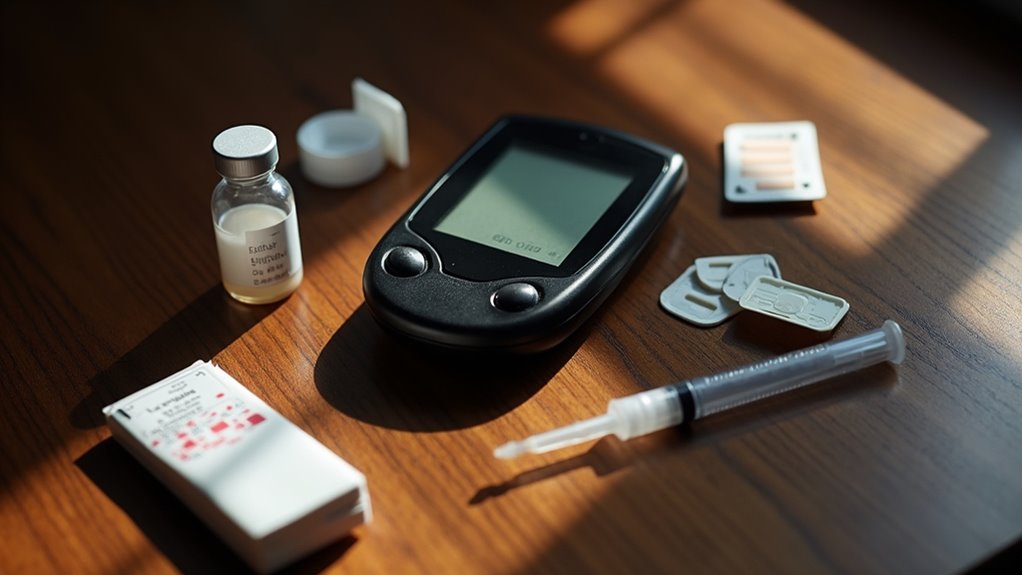The numbers are staggering. Over 800 million adults worldwide now live with diabetes—quadrupled since 1990. That’s 14% of all adults on the planet, up from just 7% three decades ago. Let that sink in. One in seven adults. And it’s getting worse.
The disease hits hardest in South-East Asia and the Eastern Mediterranean, where about 20% of adults are affected. But nobody’s immune. Low and middle-income countries are seeing the fastest growth. Why? Obesity. Unhealthy diets. People glued to screens instead of moving their bodies. The usual suspects. Genetic predisposition can significantly increase lifetime risk when combined with poor lifestyle choices.
Here’s the kicker: nearly 59% of adults with diabetes aren’t getting treatment. Ninety percent of those untreated millions live in poorer countries. No medicine. No regular check-ups. No chance.
Nearly six in ten diabetics worldwide go without treatment—left to face devastating consequences without medication or monitoring.
The consequences? Brutal. Blindness. Kidney failure. Heart attacks. Strokes. Amputations. In 2021 alone, diabetes directly killed over 2 million people. Another 11% of cardiovascular deaths? Blame high blood glucose levels.
The economic burden is crushing healthcare systems worldwide. Long-term care isn’t cheap. Neither are premature deaths. And with numbers climbing, the situation isn’t exactly improving.
Type 2 diabetes makes up 95% of cases. It’s preventable. Yet here we are. Urban areas show higher rates than rural communities, especially in developing countries. India, China, and the US top the list of nations with the most diabetics. Not exactly a competition anyone wants to win. The WHO has established five global targets to improve diabetes coverage and treatment by 2030.
Prevention isn’t complicated: healthy diet, regular exercise, skip the cigarettes. But simple doesn’t mean easy. Especially when fast food is cheap and gym memberships aren’t.
The tragedy? Early intervention works. Regular screening catches problems before they become catastrophes. Essential medicines manage the condition effectively. But millions can’t access even basic care. Diabetes mortality rates have been steadily increasing since 2000, while death rates from other major noncommunicable diseases dropped by 20% during the same period.









